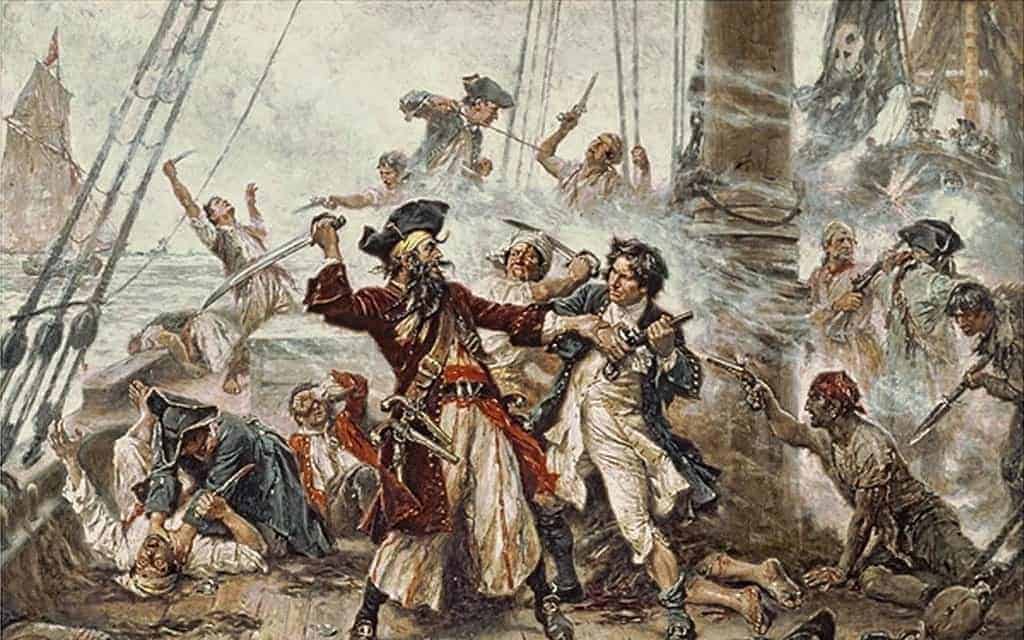The intriguing history of piracy has become more and more popular with each passing year. Pirates created their own two-fold subculture with equality aboard their decks and the ability to live their lives on their terms while embracing a life of crime and plunder. We have two images of pirates in the modern imagination: the ruthless pirate who was prone to violence and murder, and the bumbling, adorable pirate-with-a-heart-of-gold made famous in contemporary films.
One unusual characteristic of pirate life is that, even with the beginnings of the slave trade during the Golden Age of Piracy (1650s-1730s), about 30% of pirates were black. With slavery on the rise, were these men free or were they slaves? Many pirates were slave traders themselves, while some pirate ship captains were known to free slaves and allow them to join the crew. Others would make their new black crewmen do the most menial jobs on the ship. There are still other instances when black crewmen could rise in the ranks, and they became respected members of the crew and feared pirates on the high seas.
As the number of pirates and the number of the black members of their crew increased, many contemporary writers hid the existence of black pirates because they feared slave rebellions and maroonage. Some pirates became unwitting liberators of slaves and helped delay the dominance of slavery, which wouldn’t come until the late eighteenth and early nineteenth centuries after the Golden Age of Piracy ended. While most pirate ships were egalitarian and they provided a more significant amount of freedom onboard their ships that most men, white and black alike, could find elsewhere at the time, the relationship between piracy and slavery is a complicated one.

